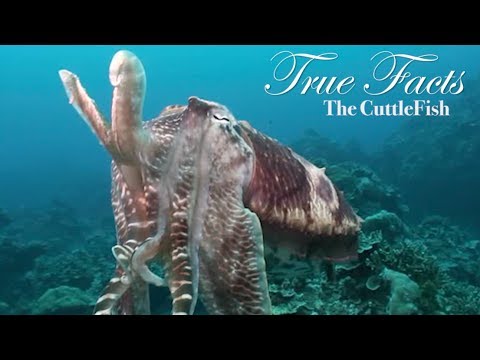When I was a kid, I remember that people put cuttlefish in the cages of birds for them to add nutrients to their diets and sharpen and clean their beaks. But I had no idea what they looked like or how incredible they are at underwater camouflage.
In the past, cuttlebones were ground up to make polishing powder, which was used by goldsmiths. The powder was also added to toothpaste, and was used as an antacid for medicinal purposes or as an absorbent. They were also used as an artistic carving medium during the 19th and 20th centuries.
Today, cuttlebones are commonly used as calcium-rich dietary supplements for caged birds, chinchillas, hermit crabs, reptiles, shrimp, and snails. These are not intended for human consumption.
It can also be used in the process of pewter casting, as a mould.
Because cuttlebone is able to withstand high temperatures and is easily carved, it serves as mold-making material for small metal castings for the creation of jewelry and small sculptural objects.
Jewelers prepare cuttlebone for use as a mold by cutting it in half and rubbing the two sides together until they fit flush against one another. Then the casting can be done by carving a design into the cuttlebone, adding the necessary sprue, melting the metal in a separate pouring crucible, and pouring the molten metal into the mold through the sprue. Finally, the sprue is sawed off and the finished piece is polished.

